By Diana Pacheco, CVT CCRP
Laser therapy is the use of specific wavelengths of light to create therapeutic effects. These effects include improved healing time, pain reduction, increased circulation, and decreased swelling.
Laser therapy is a non-invasive, drug-free treatment option. Laser therapy is often used with other forms of integrative therapies including physical rehabilitation therapy and acupuncture, as well as traditional western therapies such as non-steroidal medication and glucosamine/chondroitin and fish oil supplements.
During each painless treatment, varying wavelengths of light increase circulation and draw water, oxygen, and nutrients to the damaged area. This creates an optimal healing environment that reduces inflammation, swelling, muscle spasms, stiffness, and pain. As the injured area returns to normal, function is restored and pain is relieved.
What are the Benefits of Laser Therapy?
Laser therapy can relieve pain, reduce swelling, and increase range of motion. It reduces the formation of scar tissue and promotes accelerated tissue repair and cell growth. Laser therapy provides musculoskeletal pain relief and has the ability to optimize muscle action and reduce nerve pain.
What Conditions Can Laser Therapy Help?
- Osteoarthritis/hip dysplasia
- Post-surgical pain
- Joint Pain
- Neck and back pain
- Muscle and Ligament Sprains
- Bite wounds and traumatic injuries
- Chronic wounds
- Feline Lower Urinary Tract Disease
The operator will use a hand-held probe to apply laser energy to targeted areas. Treatments vary in length. Your pet may feel some warming or tingling sensation over the treated areas during treatment. Most patients do not require any sedation, and pets go home immediately following treatment. No shaving or clipping of the hair coat is required for treatment.
Treatment protocols are designed to provide your pet with a therapeutic, safe dose of laser therapy. P.A.W.S takes appropriate precautions and provides specialized eye-wear for added protection.
The length and frequency of treatments vary with your individual pet’s condition and response. Most patients require several treatments for the greatest benefit, although some improvement after the first visit.

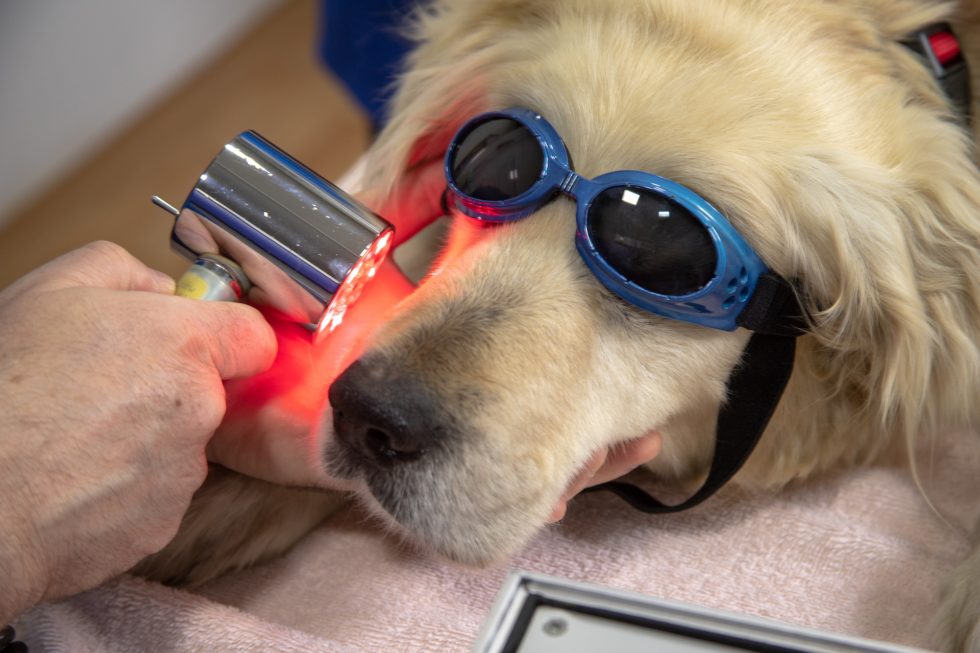








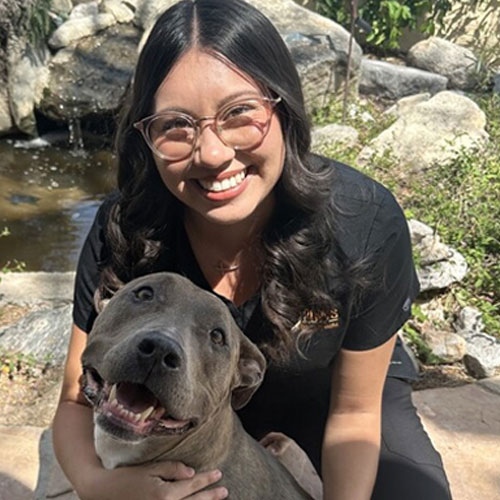



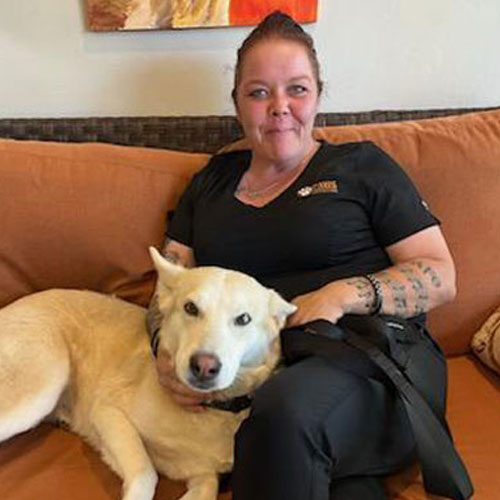



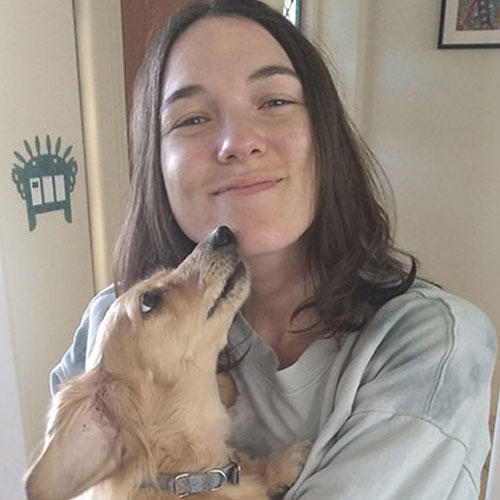
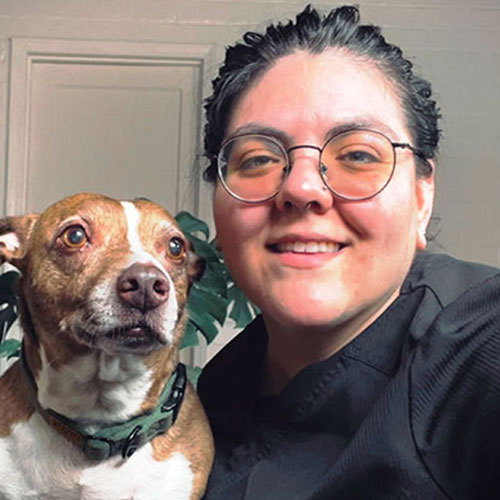
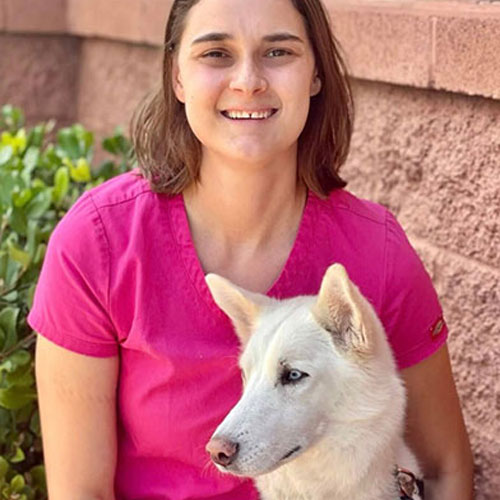
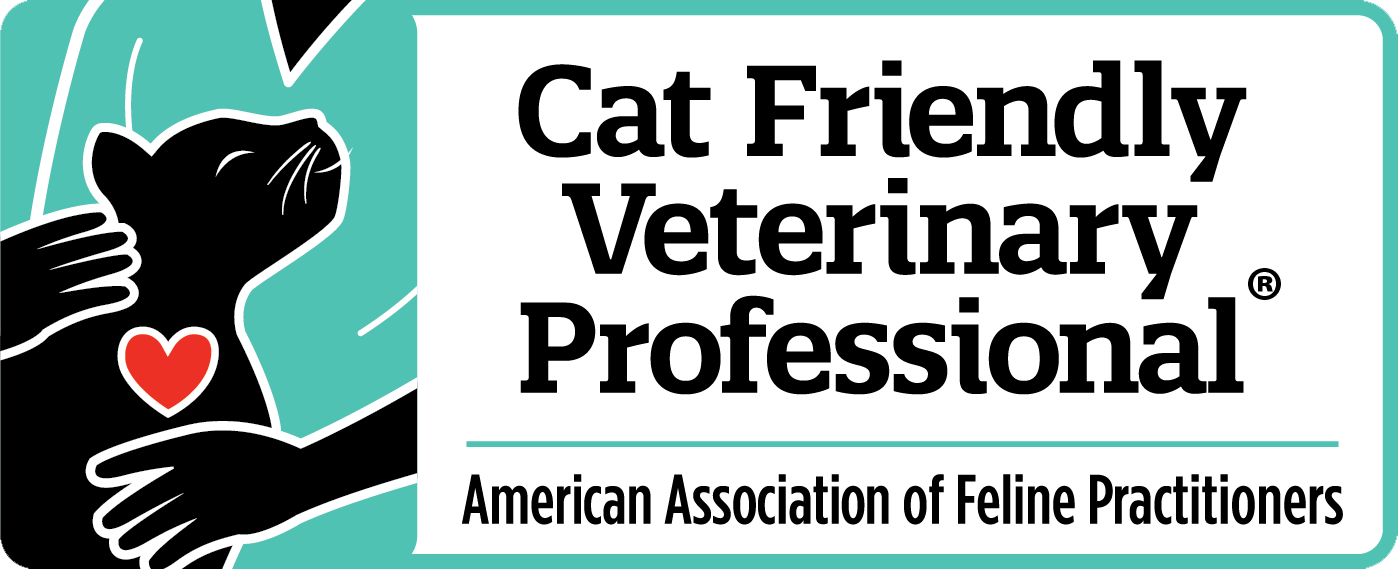
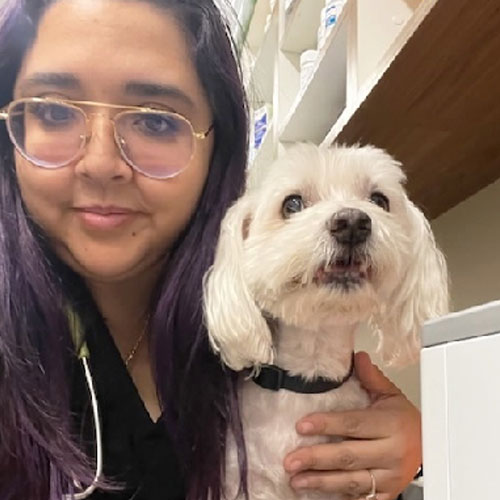



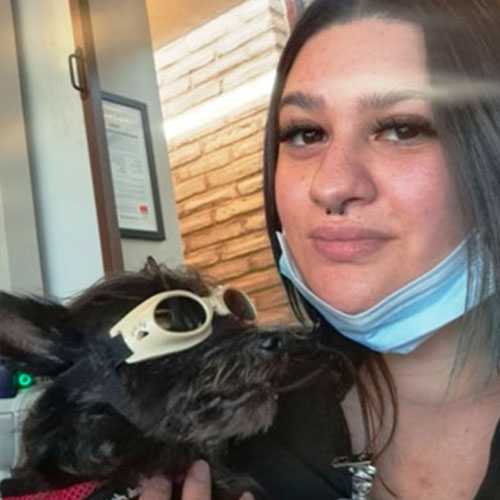


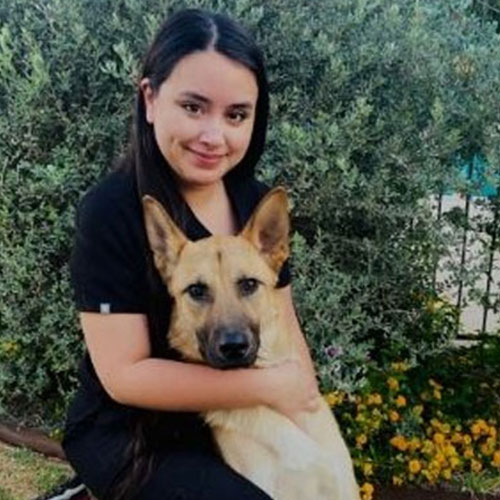

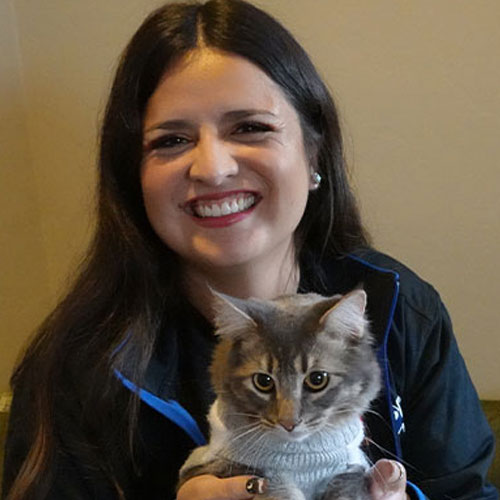






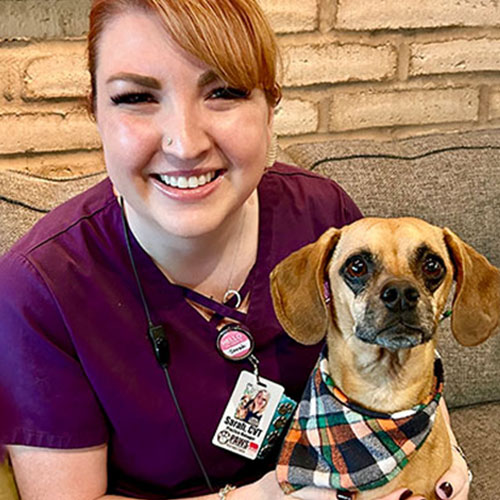
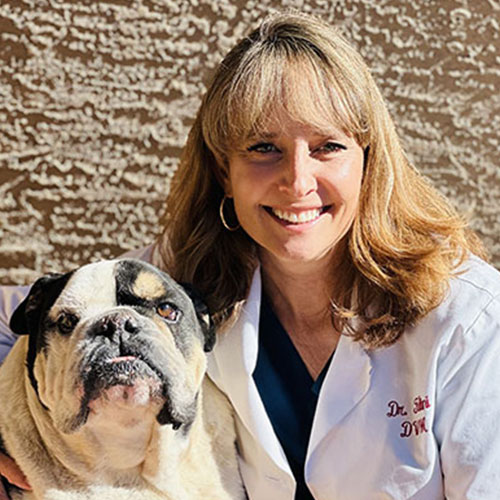








Leave A Comment